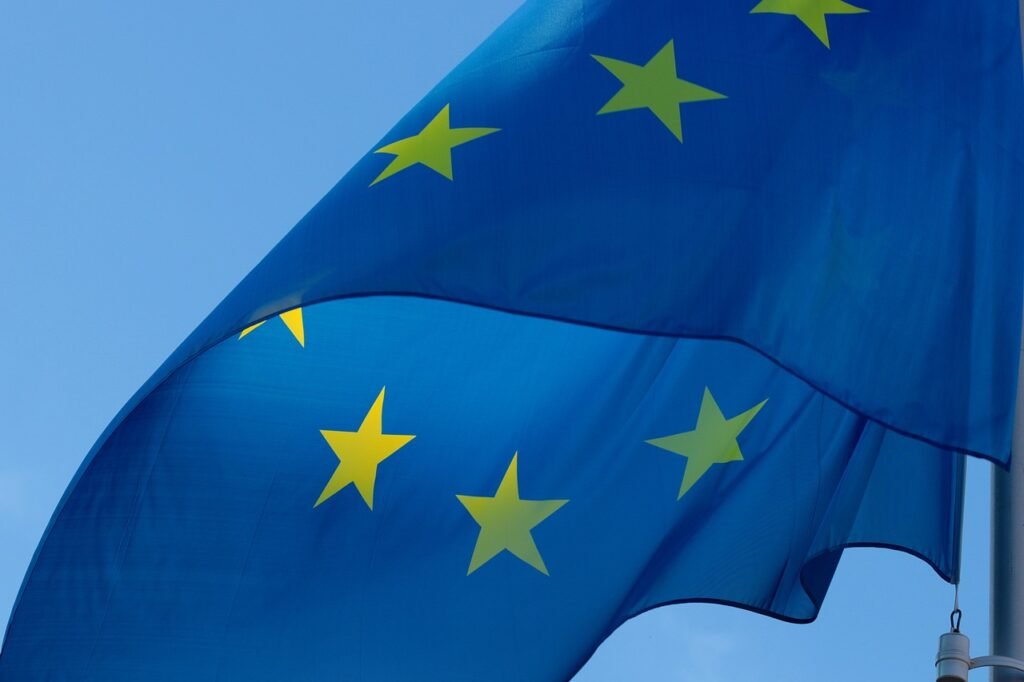The European Commission has announced that 15 hydrogen-related innovative projects have received more than €1.25 billion in funding from the European Union, with the relevant funding agreements already signed. According to information from the European Climate, Infrastructure and Environment Executive Agency (CINEA), all funded projects have signed agreements with the implementing body, the EU Innovation Fund, through which the support funds will be disbursed.
Among the 15 funded projects, the H2 Green Steel project in northern Sweden has received the highest grant of €250 million. This project aims to develop green steel production using hydrogen, showcasing the EU’s commitment to supporting sustainable and innovative energy solutions.
Expanding on this, the EU’s substantial investment in these hydrogen-related projects is a clear indication of its dedication to advancing the hydrogen economy and achieving its climate goals. Hydrogen is seen as a crucial element in the transition to a low-carbon economy, offering potential solutions for decarbonizing various sectors, including transportation, industry, and energy production.
The support for these projects is expected to accelerate the development and deployment of innovative hydrogen technologies, reducing the cost of green hydrogen production and facilitating its integration into the energy system. This, in turn, will help the EU meet its ambitious targets for reducing greenhouse gas emissions and promoting sustainable growth.
Furthermore, the funding of these projects is likely to stimulate further investment in the sector, creating jobs and driving technological innovation. It also reinforces the EU’s position as a global leader in the development of clean and renewable energy technologies.
In conclusion, the EU’s significant investment in hydrogen-related innovation projects demonstrates its commitment to fostering a sustainable and low-carbon future. By supporting the development of green hydrogen technologies, the EU is taking a critical step towards achieving its environmental and energy objectives, while also promoting economic growth and competitiveness in the region.



